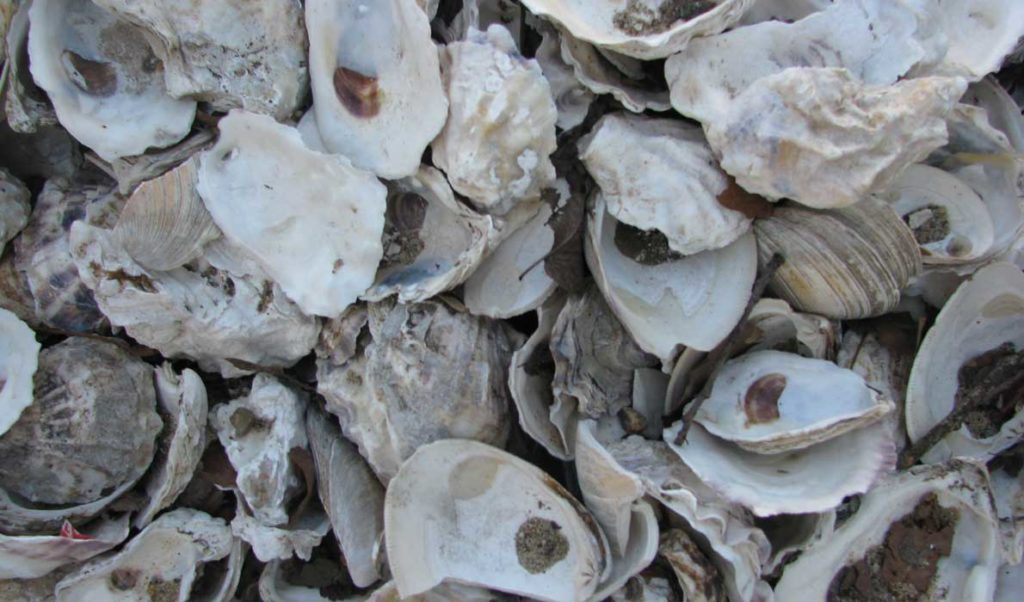Parker Gassett is a graduate student at the University of Maine who has worked with Island Institute marine scientist Susie Arnold.
Changing ocean chemistry is threatening marine resources, and Maine is at the cutting edge of exploring potential solutions. The more carbon dioxide in the atmosphere, the more the ocean absorbs. With this comes greater acidity. This extra acidity is bad news for things that make shells in the ocean, including oysters, mussels, and clams. Some shellfish growers are already having to add calcium carbonate to the water coming in to their hatcheries because juvenile shellfish aren’t surviving well in the local seawater. Ocean acidification, the name given for this phenomenon, has been a particularly puzzling threat to resource managers, but research is underway to identify potential local-scale mitigation strategies.
On November 15th, the Maine Ocean and Coastal Acidification Partnership (MOCA) – a volunteer partnership of non-profit organizations, academic scientists, and state agency representatives – met at the Statehouse in Augusta, hosted by State Representative Mick Devin (D-Newcastle) to discuss what we know about remediation strategies for ocean and coastal acidification in our state. The meeting was attended by over 50 leading professionals in the aquaculture industry, marine scientists from the University of Maine, University of New Hampshire and Bowdoin College, municipal wastewater and stormwater managers, state agency representatives from DEP, DMR, and DACF, and numerous state conservation and political leaders. The morning was filled with updates on the latest science on sources of coastal acidification, and how stormwater management and kelp aquaculture can play a role in mitigating coastal acidification. Afternoon presentations prompted timely discussions on how existing water quality regulations can be used to manage coastal acidification. Amid much discussion over how to protect Maine’s marine resources, there was a collective agreement that the next important step is to expand water quality monitoring, in order to get a better handle on where and when we are most vulnerable to acidification.

Attendees of the November MOCA meeting
A comprehensive monitoring plan, including strategic water sampling and installing monitoring buoys will enable scientists to help town managers, local decision makers, and community residents act with the best information available for the Gulf of Maine. While we know enough about acidification to know that it is a problem, many of the potential regulatory changes to improve water quality require more detailed information, such as the relative contributions of land-based vs. oceanic vs. atmospheric sources of acidification. In the meantime, there are simple actions individuals can take to decrease carbon emissions, reduce the nutrient pollution that ends up in estuaries and the ocean, and to get involved with local stewardship.
Much of the water monitoring throughout the state is currently made possible by the help of volunteers, local land trusts and conservation organizations. Solutions to acidification will require this same engagement with communities around the state. To find out more about how you can get involved, visit the websites for the Maine Coastal Observing Alliance, the Maine Ocean and Coastal Acidification partnership, and the North East Coastal Acidification Network.
Special acknowledgements for the work of participating aquaculturists and fishermen, Bigelow Laboratory for Ocean Sciences, Friends of Casco Bay, Damariscotta River Association, Sheepscot Valley Conservation Association, Kennebec Estuary Land Trust, Medomak Valley Land Trust, Georges River Tidewater Association, Rockport Conservation Commission, the Island Institute, the University of New Hampshire, the University of Maine and Cooperative Extension, and the Maine Sea Grant.


